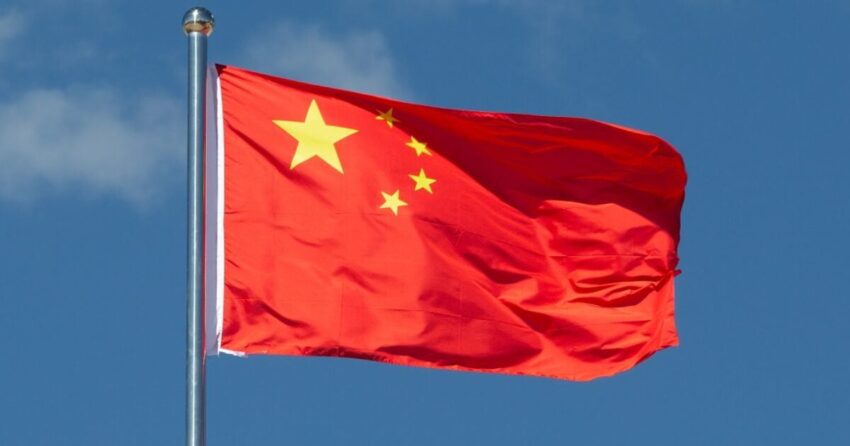
The Trump administration’s new trade deal with Vietnam aims to shut down any “backdoor” routes that allow Chinese goods to circumvent tariffs and flood the U.S. market.
The deal, announced on Wednesday by President Donald Trump, imposes a 40% tariff on goods “transshipped” through Vietnam. Although China was not explicitly mentioned in Trump’s announcement, trade experts say the provision is aimed at limiting Beijing’s ability to use Southeast Asian nations as a way to bypass U.S. trade restrictions.
China has been accused of rerouting shipments to third countries, like Vietnam, in order to evade tariffs imposed on Chinese goods. The practice has reportedly intensified following the Trump administration’s steep “Liberation Day” tariffs, as evidenced by the recent growth of Chinese exports to these countries, according to the Brookings Institution.
“There does appear to be a more strategic intent here by the U.S. to essentially restrict Chinese exports entering the U.S. market via the backdoor,” Frederic Neumann, chief Asia economist for HSBC, told The Wall Street Journal.
The Trump administration finalized its trade deal with China last week, which resulted in lower tariffs and eased Chinese export controls on critical rare earth elements. However, the latest deal with Vietnam demonstrates that China remains a central focus of U.S. trade policy and signals to other nations that they must limit Chinese influence in their supply chains to maintain access to the U.S. market, according to the WSJ.
“These provisions send a clear message to global firms: the recent fall in tariffs between the U.S. and China doesn’t weaken the argument for building supply chains outside China,” Capital Economics economists Mark Williams and Gareth Leather said in a report Thursday, the WSJ reported.
Similar supply chain measures targeting China were included in the U.S.-U.K. trade pact finalized in May.
“Cooperation between states should not be conducted against or to the detriment of the interests of third parties,” China’s foreign ministry said in response to that deal.
In addition to the 40% tariff on transshipped goods, Trump announced that the trade deal also imposes a 20% tariff on all goods imported from Vietnam. In exchange, Vietnam agreed to give the U.S. “total access to their markets” by eliminating tariffs on U.S. goods altogether, according to the president.
The administration has set a July 9 deadline for countries to finalize trade agreements with the U.S. Countries that fail to reach an agreement by then will face new tariff schedules and “letters” outlining U.S. trade demands, Trump has said.
All republished articles must include our logo, our reporter’s byline and their DCNF affiliation. For any questions about our guidelines or partnering with us, please contact [email protected].
Click this link for the original source of this article.
Author: Melissa ORourke
This content is courtesy of, and owned and copyrighted by, https://www.bizpacreview.com and its author. This content is made available by use of the public RSS feed offered by the host site and is used for educational purposes only. If you are the author or represent the host site and would like this content removed now and in the future, please contact USSANews.com using the email address in the Contact page found in the website menu.








